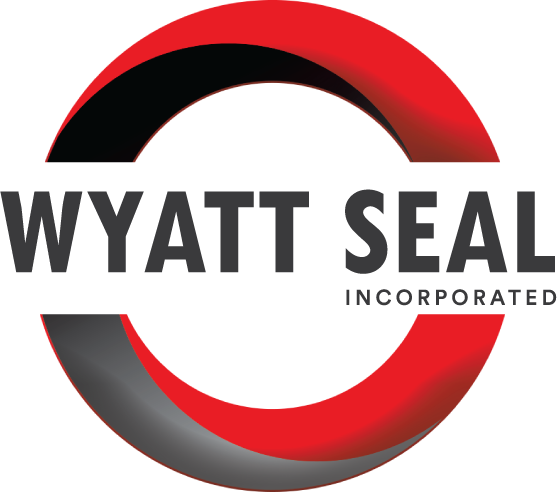Need some assistance?
- Overview
-
By Type
Custom - Standard (AS568)
-
By Brand
Parker - Freudenberg
-
By Material
Nitrile - FKM
- EPDM
- FFKM
- Silicone
- Fluorosilicone
- PTFE
- Polyurethane
- Teflon Encapsulated
- HNBR
- Overview
-
By Type
U-Cups - Wipers
- Wear Rings
Need some assistance?
Need some assistance?
-
O-RINGS
- Overview
-
By Type
Custom - Standard (AS568)
-
By Brand
Parker - Freudenberg
-
By Material
Nitrile - FKM
- EPDM
- FFKM
- Silicone
- Fluorosilicone
- PTFE
- Polyurethane
- Teflon Encapsulated
- HNBR
-
HYDRAULICS & PNEUMATICS
- Overview
-
By Type
U-Cups - Wipers
- Wear Rings
- ROTARY SEALS
- CUSTOM MOLDED
- GASKETS
- MACHINED RUBBER & PLASTICS
- EXTRUDED SHAPES & PROFILES
- SPECIALTY PRODUCTS
Teflon® Encapsulated O-Rings
When choosing O-rings, the main factors to think about are whether they work well with the chemicals involved, how easily they can be compressed, and if they can handle the temperature range required. However, very few materials universally excel in all of these aspects, making Teflon® encapsulated O-rings a fitting solution in certain contexts.
What Is a Teflon Encapsulated O-ring?
Teflon® encapsulated O-rings are a type of seal that consists of an O-ring with a protective coating of Teflon® (Chemours trade name for polytetrafluoroethylene, or PTFE) on the outer surface. This encapsulation provides enhanced chemical resistance and low friction properties, making it suitable for demanding applications where resistance to aggressive chemicals, high temperatures, or extreme pressures is required. The Teflon® layer helps reduce friction during assembly and improves the overall performance and lifespan of the O-ring in various applications.
About Teflon® Encapsulated O-ring Material
Typically, a Teflon® coating is applied over a silicone, Viton®/FKM, or EPDM core. Two coating types are available: FEP (fluorinated ethylene propylene) and PFA (perfluoroalkoxy). FEP operates within a temperature range of 10°F to 400°F (23°C to 205°C) and offers good chemical resistance. PFA can endure temperatures up to 500°F (260°C) and exhibits superior chemical resistance to FEP, but it compromises compressibility due to its tougher nature.
Common Uses and Applications
Teflon® encapsulated O-rings are commonly used in industries where standard elastomeric O-rings cannot withstand the operational environment, including chemical processing and oil and gas. Their suitability for life sciences and food processing comes from PTFE's "Generally Regarded as Safe" (GRAS) FDA classification. However, while most FEP Teflon® grades meet food safety standards, the same cannot be said for PFA due to the potential transfer of colorings and fillers into fluids.
Benefits of Teflon® Encapsulated O-rings
Teflon® encapsulated O-rings combine the best properties of elastomers and PTFE, offering a broad working temperature range and robust chemical resistance. They still retain sufficient compressibility for most applications, and hollow core options can deliver increased compressibility where necessary.
Why Encapsulate an O-ring with Teflon®?
Despite their effectiveness, elastomers have certain limitations. They exhibit compressibility, but their chemical compatibility and temperature range may not suffice in every situation. For instance, NBR swells when exposed to oil or gasoline. This is where Teflon encapsulation comes in.
Teflon® is renowned for its non-stick properties owing to its chemically inert nature. It withstands a wide temperature range and resists most chemicals. However, PTFE is less compressible than elastomers, exhibiting no elastic recovery and a tendency to creep under load. To harness the benefits of both PTFE and elastomers, we use Teflon® encapsulation, which involves coating the elastomer O-ring in Teflon®. This method preserves the O-ring's elasticity while significantly improving its temperature range and chemical resistance.
Contact Wyatt Seal for All Your Sealing Needs
If your O-rings require increased chemical resistance or are exposed to extreme temperatures, Teflon® encapsulated O-rings may be an exceptional solution. At Wyatt Seal, we proudly supply our customers with industry-leading sealing technologies, and are happy to partner with you to find the ideal seals for your application. Contact us today for expert assistance. We’d love to discuss.

